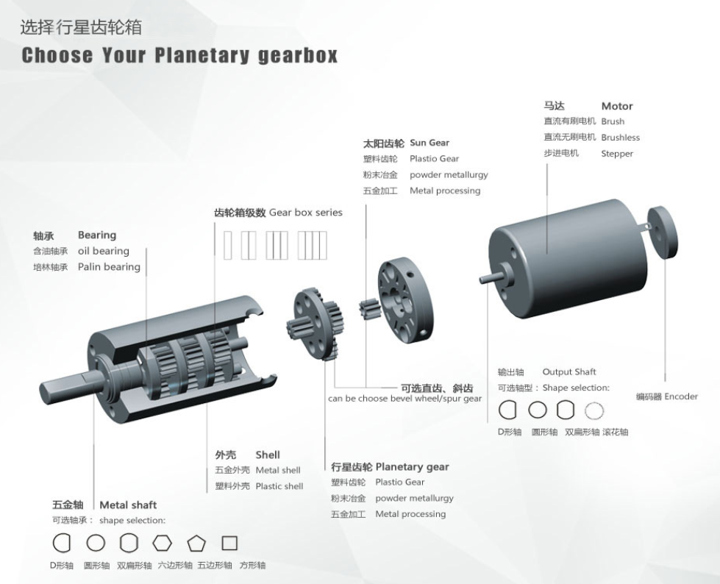As an important and indispensable power supplier in people's production and life, electric motors will generate serious heat during use. But many times do not know how to solve them. Any failure of the motor will affect production. It is necessary to master the basic knowledge about the safe operation of asynchronous motors and the handling methods of common faults, so as to discover and eliminate hidden dangers of motor accidents in time and ensure safe operation.
Common faults of electric motors has electrical failure (Short circuit, open circuit of stator and rotor windings, and starting malfunction of equipment) and mechanical failure(Excessive vibration, overheating of bearings, friction between stator and rotor, abnormal noise, etc.).

1. Phenomenon: no sound and no rotation
①Check the voltage at the motor terminal with a multimeter. If there is no voltage or there is only one-phase voltage, it means that the power supply is not connected or the power supply is faulty;
②If the three-phase voltage at the motor terminal is basically balanced, it means that there is a problem with the motor stator winding connection. The most likely reason is that the neutral point is not connected or the lead wire is not connected.
2. Phenomenon: After the power is turned on, the motor only buzzes but does not rotate
The power must be disconnected immediately, and then carefully check for the cause
① For single-phase operation, first it is needed to check the power supply to see if the power supply is one-phase disconnected, the fuse is one-phase blown, and the contactor is not in contact with one phase; then check the motor stator winding lead wire to see if one phase is not properly connected;
②Check if the machine part is jammed. When checking the motor before starting, it is easy to find that the power supply voltage is too low or the motor with the one shaped connection method is connected in a Y shape and starts with a load. As long as we check if the power supply voltage and motor wiring method are correct, it can be found.
3. Phenomenon: When the motor is started after power-on, the fuse will blow out quickly (or overcurrent protection action)
① Check if the rated current of the fuse matches the capacity of the motor;
②Check whether the motor of the Y-connection method is mistakenly connected to the other shape;
③Check if the wire line between the motor power supply and the terminal has a phase-to-phase short circuit or a short circuit to the ground. Disconnect the power switch, disassemble the motor terminal, and check with a megohmmeter to find out;
④ Check if the motor stator winds or lead wire has a phase-to-phase short circuit or is grounded.
Reported by Jessica
Contact: John
Phone: +86-13631626001
E-mail: support@szbobet.com
Add: Longhua Area,Shenzhen City,China